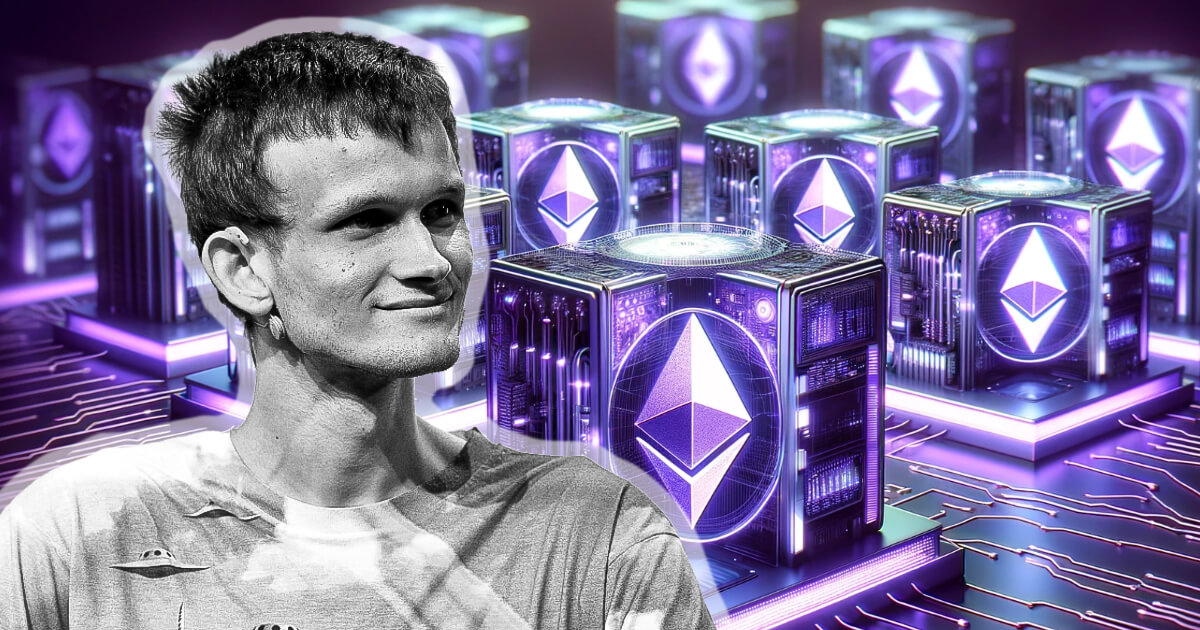Vitalik Buterin proposes ‘enshrined zkEVM’ to solve Ethereum’s layer 2 problems.


Ethereum co-founder Vitalik Buterin introduced a new concept for a blockchain platform “embedded in the Zero Knowledge Ethereum Virtual Machine (ZK-EVM)” in a blog post on December 13.
The main goal of the proposal is to substantially improve the efficiency and security of Ethereum’s Layer-2 protocols, including optimistic and ZK rollups.
Troubleshooting Layer 2 Protocols
Buterin’s proposal stems from the need to streamline Ethereum’s current Layer-2 solutions. These protocols, essential to Ethereum’s scalability, currently rely heavily on EVM verification, which relies on a large, potentially vulnerable codebase.
Additionally, ZK-EVM, designed to mimic Layer-1 EVMs, faces the challenge of keeping up with changes to the underlying Ethereum protocol, leading to duplicate efforts and increased risk of security flaws.
The solution proposed by Buterin is to embed ZK-EVM directly within the Ethereum network. This internal ZK-EVM performs the task of validating layer 1 Ethereum blocks, providing a more efficient and secure approach.
As Ethereum evolves, especially with the development of light clients using ZK-SNARKs, the concept of the underlying ZK-EVM becomes increasingly practical and attractive.
Key aspects of the proposed ZK-EVM
Buterin expects ZK-EVM will primarily focus on validating Ethereum blocks by processing inputs such as pre-state root, block, and post-state root.
This ensures the integrity of the post-state root as the actual result of block execution. This proposal is also consistent with Ethereum’s multi-client philosophy, which supports the use of multiple proof systems and emphasizes the importance of data availability and auditability.
Implementing ZK-EVM as described by Buterin presents several design challenges and trade-offs. Required properties are:
- Compatibility and adaptability: The system must be flexible enough to support a variety of proof systems, reflecting Ethereum’s commitment to a multi-client environment.
- Ensure data availability:Important to enable verification of various clients.
- Emphasizes auditability and upgradeability: All problems can be easily inspected and quickly resolved without a hard fork.
- ‘Almost-EVM’ innovation support: Allows Layer-2 solutions to extend and innovate on standard EVM capabilities.
An important part of Buterin’s discussion is the choice between an open, multi-client system where proofs are externally verified, and a closed system with a predetermined proof system. Buterin advocates the available system for its flexibility and compatibility with Ethereum’s fundamental principles, despite its higher complexity.
Buterin emphasizes that speed is very important in ZK-EVM implementation. Through technological advances in parallelization and hardware acceleration, the goal is to reduce proof generation time, enabling near-instantaneous processing.



